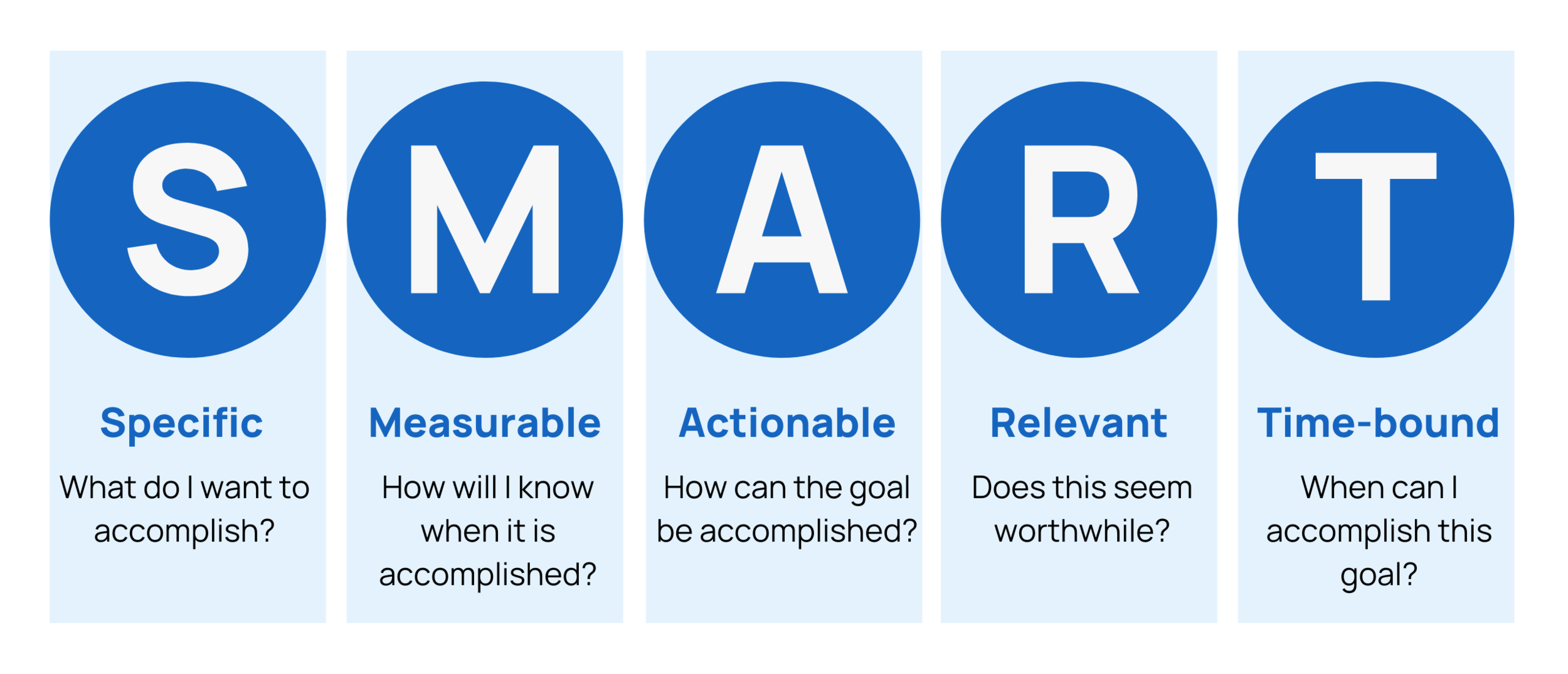The aim of marketing is to make selling superfluous
Post by Joe Wilde
We’re often asked about shifting a business focus from traditional activities to digital ones. More often than not, you can sense a little trepidation in the voice of the client. “Our marketing seems to work. Where would we start with a digital strategy, or would we even need one?”
Developing a digital strategy for a B2B business can be as simple or as complex as you want it to be. The fundamentals apply in all cases. There is no need to take the Bob Dylan approach and switch the acoustic for electric and alienate customers in the meantime. The best approach in our experience is to:
Planning stage
Map out what you believe that digital can do to aid you in reaching your business objectives. This is of paramount importance. Too many organisations are ‘doing digital for the sake of it’, investing in social media, content, search marketing and video without assessing the value of these tactics.
Another core factor in this stage is developing an understanding of your customer persona - Who they are? How do they buy? How can we reach them and how can digital make it easier for them to do business with us?
development stage
Developing your B2B digital strategy always means taking a helicopter view of your current marketing activities.
Assessing your brand. In many cases, the assumption is made that a brand is simply a logo and nothing more! A logo ≠ a brand
Analysis of current marketing and sales activities. Brochures, trade show collateral, website, social media, lead generation, sales aids etc. What are these activities costing? What benefit are they bringing to the organisation? Once this analysis has been completed you can chart your course to marketing success!
Development should also include mapping out a sales and marketing plan for the next 12-24 months, ascertaining content requirements and budgeting for these activities. Setting trackable KPIs is vital - These should be SMART (specific, measurable, actionable, relevant and time-bound).
implementation stage
Go and do it! But first, think about how you will go about implementing these digital activities - do you have in-house resources, do you need to commit costs in this area?
What is your plan to track KPIs as indicators as to how well you are doing? One of the real advantages of digital vs. traditional is that you can see how your campaigns are performing in almost real-time. Those elements of campaigns that aren’t performing well can be switched off and resources redeployed to success tactics.
assessment stage
One aspect we see many clients neglecting is assessing how well their marketing efforts are performing. It is very important to assess all aspects of your digital marketing, ascertain the benefit that you are deriving from them, learn what worked and what didn’t and make necessary amends.
Conclusion
Remember to quote Peter Drucker ‘the aim of marketing is to make selling superfluous. The aim of marketing is to know and understand the customer so well that the product or service fits him and sells itself.’
Joe Wilde is the founder and CEO of Mac Digital, a B2B Digital and Marketing consultancy based in Ireland. As well as serving client needs, Joe lectures on Marketing and Digital programmes in Trinity College Dublin, UCD Professional Academy, and delivers ongoing corporate training with the Digital Marketing Institute. Feel free to contact joe@macdigital.ie to arrange a no-obligation chat!




